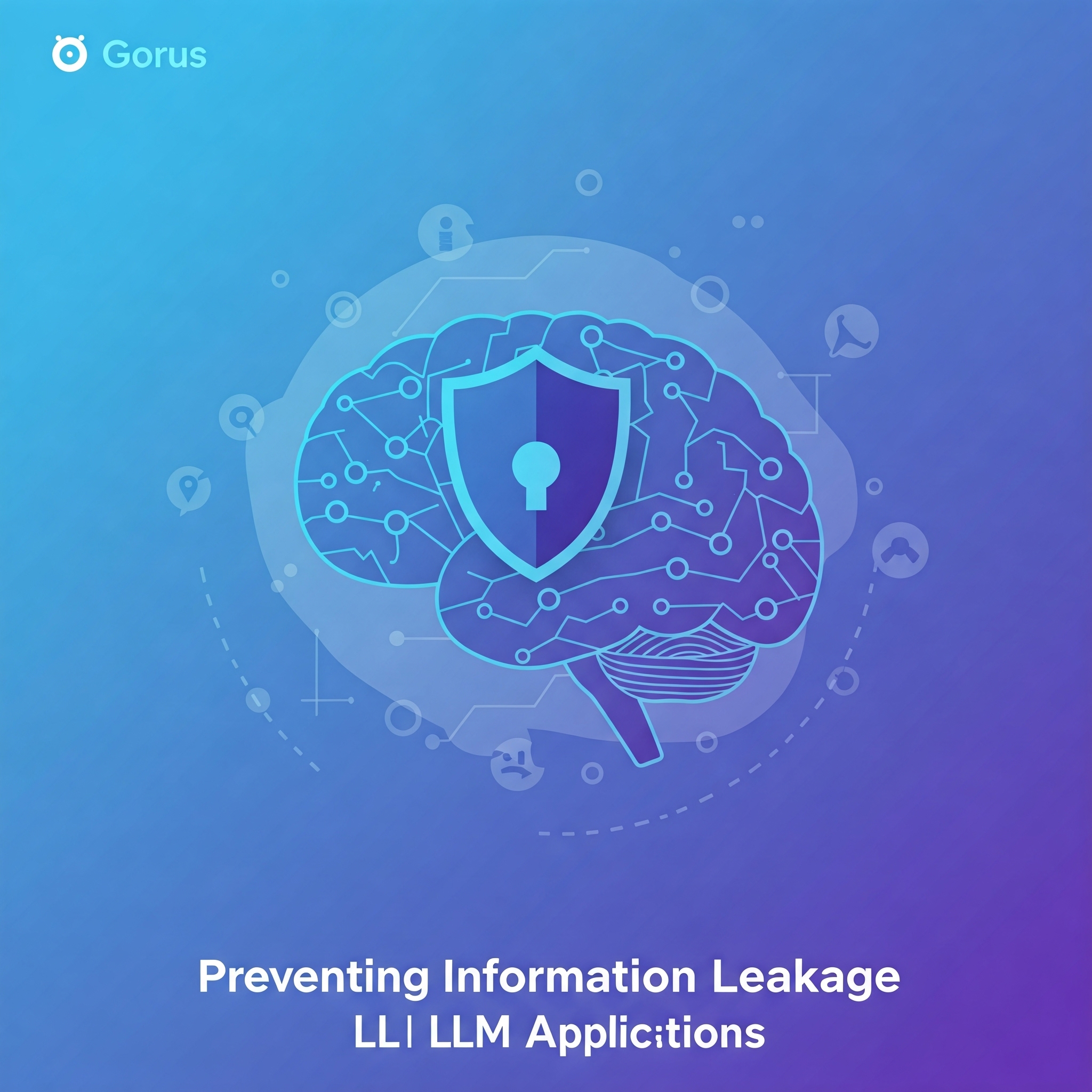Preventing Information Leakage in LLM Applications
Disclosure of sensitive information in applications using large language models (LLMs) can pose serious threats to privacy, data securityand intellectual property protection. Fortunately, there are methods to prevent such leakage.
What is sensitive information disclosure?
Sensitive information refers to data that can impact user privacy or application security. This includes:
- Personal data such as names, addresses, or identification numbers
- Financial and medical data
- Confidential business information like trade secrets or strategies
- Proprietary algorithms and model training details
LLMs can inadvertently disclose this information if user input data is incorporated into the model's learning process or responses.
How to prevent sensitive information disclosure
Data validation and sanitization
- Data sanitization: Remove or mask sensitive content before using data in the model training process
- Input validation: Implement filtering mechanisms that detect and remove potentially dangerous input data
Access restriction
- Access control: Apply the principle of least privilege – grant access only to absolutely necessary data
- Limiting data sources: Ensure the model uses only trusted information sources
Privacy techniques and distributed learning
- Federated learning: Train models on decentralized data, minimizing the need to collect data in one place
- Differential privacy: Add random "noise" to data to prevent reconstruction of original information
User education and transparency
- User education: Inform users about risks and teach them how to safely use LLM models
- Privacy policy: Offer clear rules regarding data usage and provide opt-out options for training processes
Advanced protection techniques
- Homomorphic encryption: Enables data analysis without decryption, protecting it during processing
- Tokenization and data redaction: Use techniques for automatic detection and removal of sensitive content before processing
Attack scenarios
1. Unintentional data disclosure
Lack of proper sanitization leads to personal data leakage from one user to another in responses.
2. Prompt injection attacks
Hackers use prompt manipulation to gain access to sensitive information.
3. Training data leaks
Improper management of training data leads to disclosure, which can enable data inversion attacks.
Summary
Managing sensitive information in LLM models requires a multi-layered approach encompassing technical, organizationaland educational protection strategies. Implementing sanitization, access controland advanced privacy techniques are fundamental strategies that can significantly reduce the risk of data disclosure.
